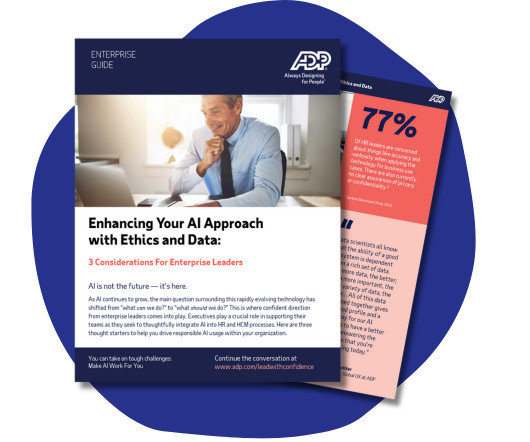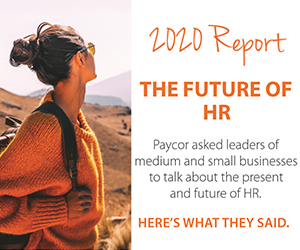How recruiters can navigate a split labor market in 2025
HR Brew
DECEMBER 18, 2024
In fact, hiring rates are highest for workers making less than $55,000 a year, and lowest for those making more than $96,000, according to data from investment company Vanguard. Were having two different experiences on the labor market that are quite night and day, Rachel Sederberg, senior economist at research firm Lightcast, told HR Brew.























































Let's personalize your content